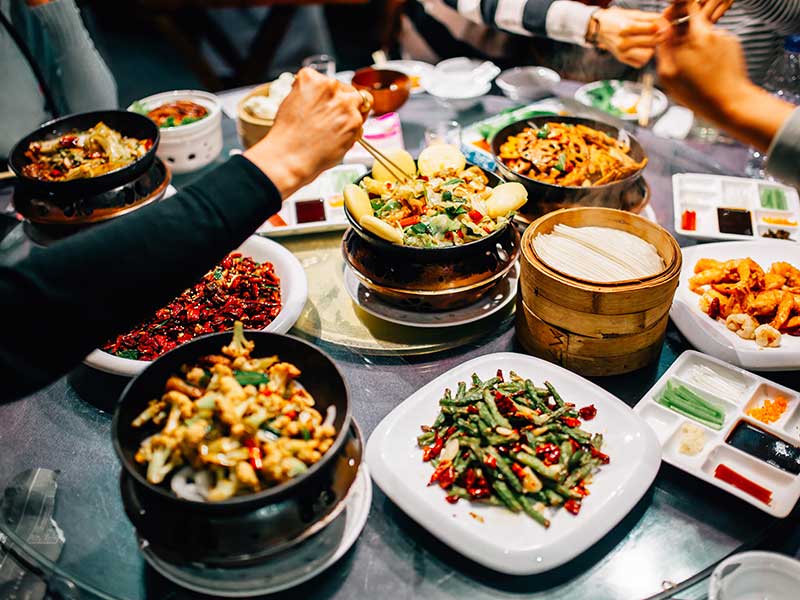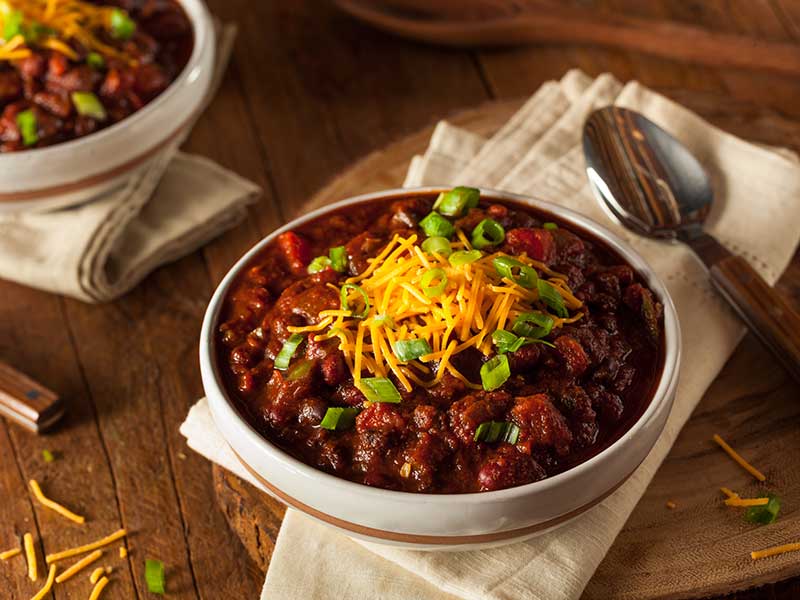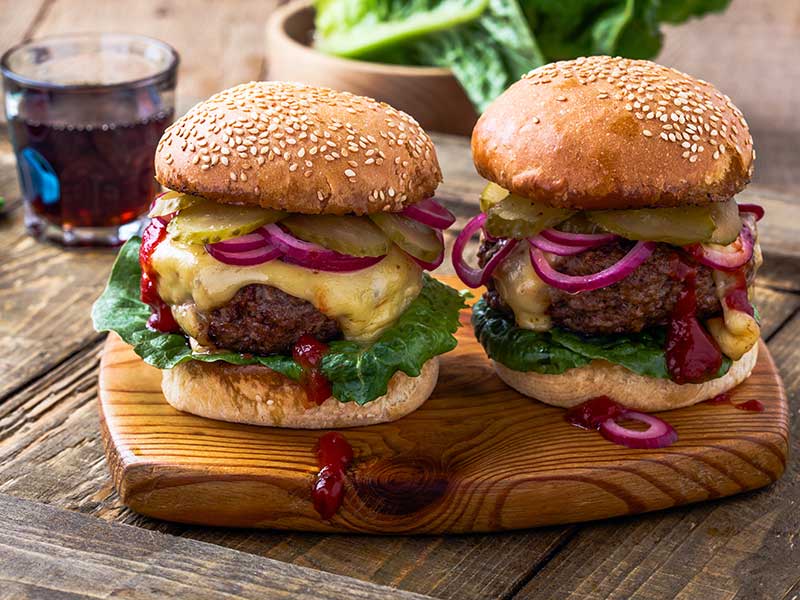If you ask the experts, they say the perfect pizza crust should only have four ingredients: 00 flour, salt, yeast, and water. That is all you need to make the dough for Neapolitan pizza which, fresh out of the right type of oven, makes a gorgeous crust. It's light and airy with crispy bubbles and is the perfect vehicle all manner of toppings, both familiar and exotic.
Of course, not every restaurant has a 1000+ degree wood fired oven and, despite what the experts say, not every diner is a fan of the Neapolitan crust. Those crispy bubbles? Some call those burnt. Then there’s size. Neapolitan crusts work great for a smaller pizza. For something larger? Not so much. And delivery? No way.
The options go way beyond just thick or thin. How will you accommodate the dietary restrictions of your guests? And what about staffing? Do you have the time or people to dedicate to making dough from scratch, with all of the mixing, proofing, and stretching?
What you need to find is the right crust that works with your equipment, pleases your clientele, and fits your business plan — dine in or carryout and delivery.
The Classics
New York Style
High-gluten flour and hand tossing is key to creating a New York style crust, which tends to be large yet thin and pliable. Perfect for folding in half to eat, it travels well and allows bigger pies, perfect for parties or large groups. Some say that you need New York water to stay true to the flavor. While that can make a good marketing campaign, the jury's still out on if that's a fact or just an urban myth.
St. Louis Style
More commonly known as thin crust. Omitting the yeast for an unleavened dough creates a cracker-like crust that is better served “tavern cut”; sliced into squares rather than wedges. Avoid using too many toppings, as they can weigh down the crust and make it fall apart. One or two distinct or complimentary toppings are really all you need. My kids are fans of this style with pineapple and bacon on top
Chicago Style
Deep, deep dish, often loaded with so many ingredients it is served still in the pan, generally eaten with a fork, and one or two pieces are enough for a meal. While thick, the crust is flaky and buttery. Sicilian and Detroit styles are varieties of deep dish pizzas baked up in square or rectangular pans. A little sugar will help the yeast bloom and keep your dough from becoming too dense.
Gluten-Free
Gluten-free crusts aren't quite classics yet, but they are so well-established we include them here. The three main styles can all be made gluten-free, with a couple of adjustments. Without the gluten, New York style shouldn’t be hand tossed. Simply roll it to the desired thickness and don't go too thin as the result can become brittle. For deep dish crusts, an egg is usually recommended for structure, which can be an issue if the pizza is going to be vegan.
The Newcomers
 One way to stand out in the crowd, and there is a lot of crowd in the pizza world, is to look beyond regular crusts. Flat breads are very popular, but you can expand textures and flavors even further by utilizing ciabatta or focaccia. This can be an excellent choice if you are just adding one or two preset pizzas to your menu and not a full-blown pizza section.
One way to stand out in the crowd, and there is a lot of crowd in the pizza world, is to look beyond regular crusts. Flat breads are very popular, but you can expand textures and flavors even further by utilizing ciabatta or focaccia. This can be an excellent choice if you are just adding one or two preset pizzas to your menu and not a full-blown pizza section.
Cauliflower Crust
You see it on Pinterest and the Tasty videos in your Facebook feed. Do they really work and are they practical to make? Kind of. Recipes vary wildly and often require binders to keep the crust intact. Then there’s the problem of moisture control. Getting the cauliflower to the right consistency and moisture level all at the same time can be tricky. Keep it simple. Make small, personal pizzas and use a handheld tortilla press to make them nice and uniform. Slow-cooking your cauliflower before pressing can help bring the moisture level down to where you want it to be.
Prepared Crusts
Better technology and improved flash freezing methods have made frozen pizza crusts better than ever. Generally, they won't taste quite the same as freshly-made crusts but, for consistency and speed, they can be the right choice for some restaurants.
Prepared Dough
Making dough is a specialized art. Maybe you don’t have the right staff. Maybe you can’t properly proof the dough because of inconsistent temperatures in your kitchen. Or it simply could be you don’t have the dedicated space for it. Premade doughs are the perfect solution in that case. Even better, many of the local artisan bakeries that are hugely popular right now offer pizza dough for sale. That's possibly the best way to outsource, especially since you can list the bakery on the menu for extra cache.
Final Thoughts
Demand for pizza is huge and its growth doesn’t look to be slowing down anytime soon. And it’s not just your neighborhood pizza parlor that is cashing in on the trend. Pizza is popping up on menus all over, including the hottest and trendiest places in town. Just remember: interesting and compelling toppings might get them to order the first time but it’s the crust that will bring them back. One last tip: if you’re doing delivery or carryout, don’t forget to protect the pizza. Instead of using those little plastic stands to keep the top of the box off the pie, roll up a little ball of dough and bake it. Place that on top of the pizza before closing the box. Edible and environmentally friendly, your customers will love it.



